‘Her pictures looked like pictures everybody knew were the truth’: Diane Arbus at the Armory
Matthieu Humery curates more than 400 of Arbus’ photographs at New York’s Park Avenue Armory – every picture she was known to have printed
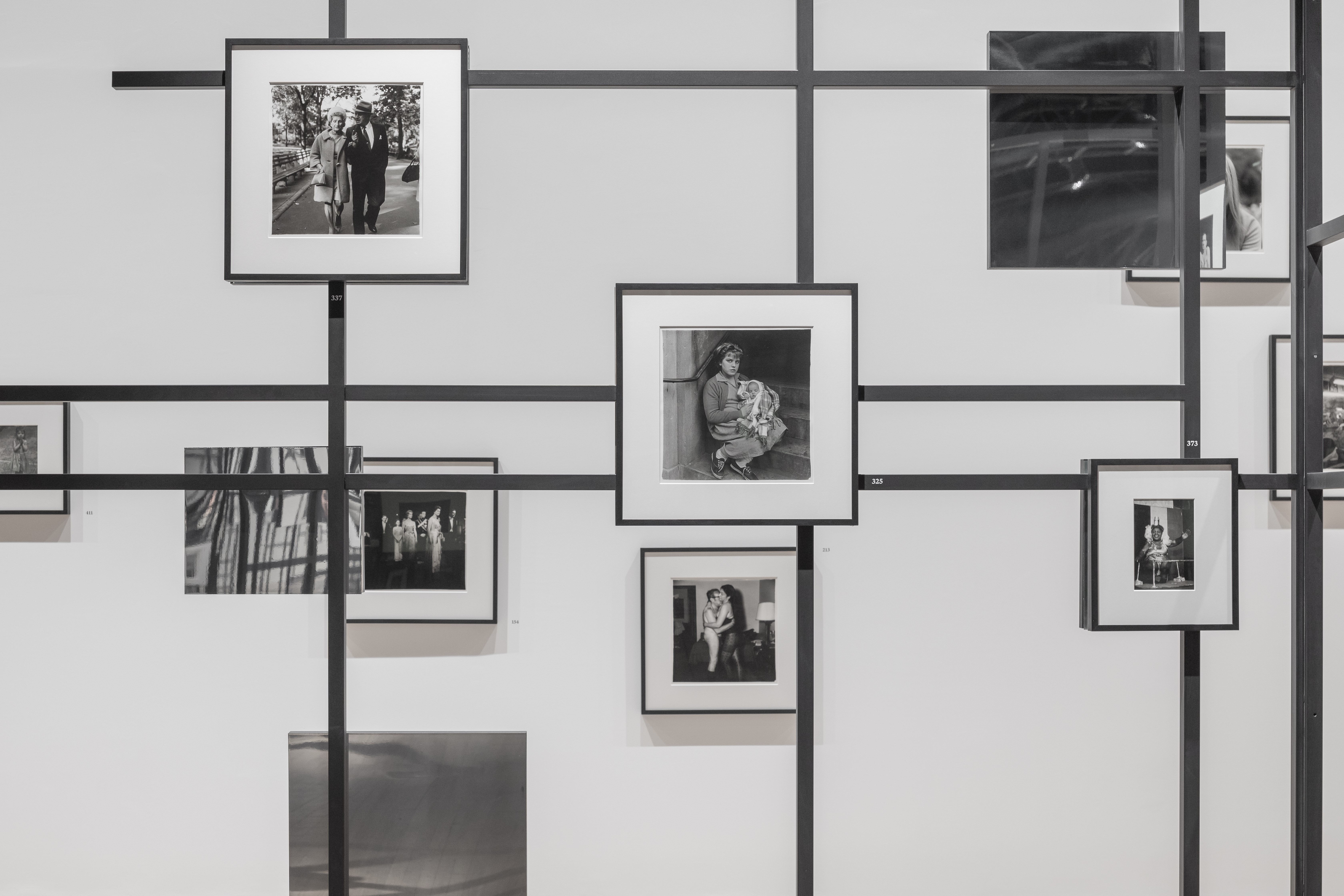
‘I would like to photograph everybody,’ wrote Diane Arbus in a 1960 letter to the artist and art director Marvin Israel. Her first photo essay, published that July in Esquire magazine, revealed ‘everybody’ to be the irresistible opposite of everyman. Titled ‘The Vertical Journey’, it spanned one city (Arbus’ native New York), six subjects, and myriad worlds, from those of debutantes and derelicts to a fedora-clad Russian midget who impersonates Maurice Chevalier and an anonymous corpse, toe-tagged on a gurney at Bellevue Hospital. More than six decades later, the journey continues – vertically and now horizontally and diagonally, too – in 'Constellation', the most comprehensive exhibition of Arbus’ work to date, on view through 17 August 2025 at New York’s Park Avenue Armory, following its 2023 debut at Maja Hoffmann’s LUMA Arles.
The stars of 'Constellation' are a whopping 454 Arbus works: every picture she was known to have printed before her death by suicide in 1971 at the age of 48. In black frames and white mats, gelatin silver prints of various sizes and scales float at staggered heights on black latticework panels within an expansive, white-walled subdivision of the Armory’s soaring Drill Hall. This vast and dynamic cosmos was curated by Matthieu Humery, who defied chronological or thematic organisation in favour of elegant explosion – a shattered archive that invites you not only to look but to look again, up and down, through and back; to scrutinise, squint, crouch, crane, compare, contrast, and, above all, connect, just as Arbus did. ‘I work from awkwardness,’ she once said. ‘By that I mean I don’t like to arrange things. If I stand in front of something, instead of arranging it, I arrange myself.’
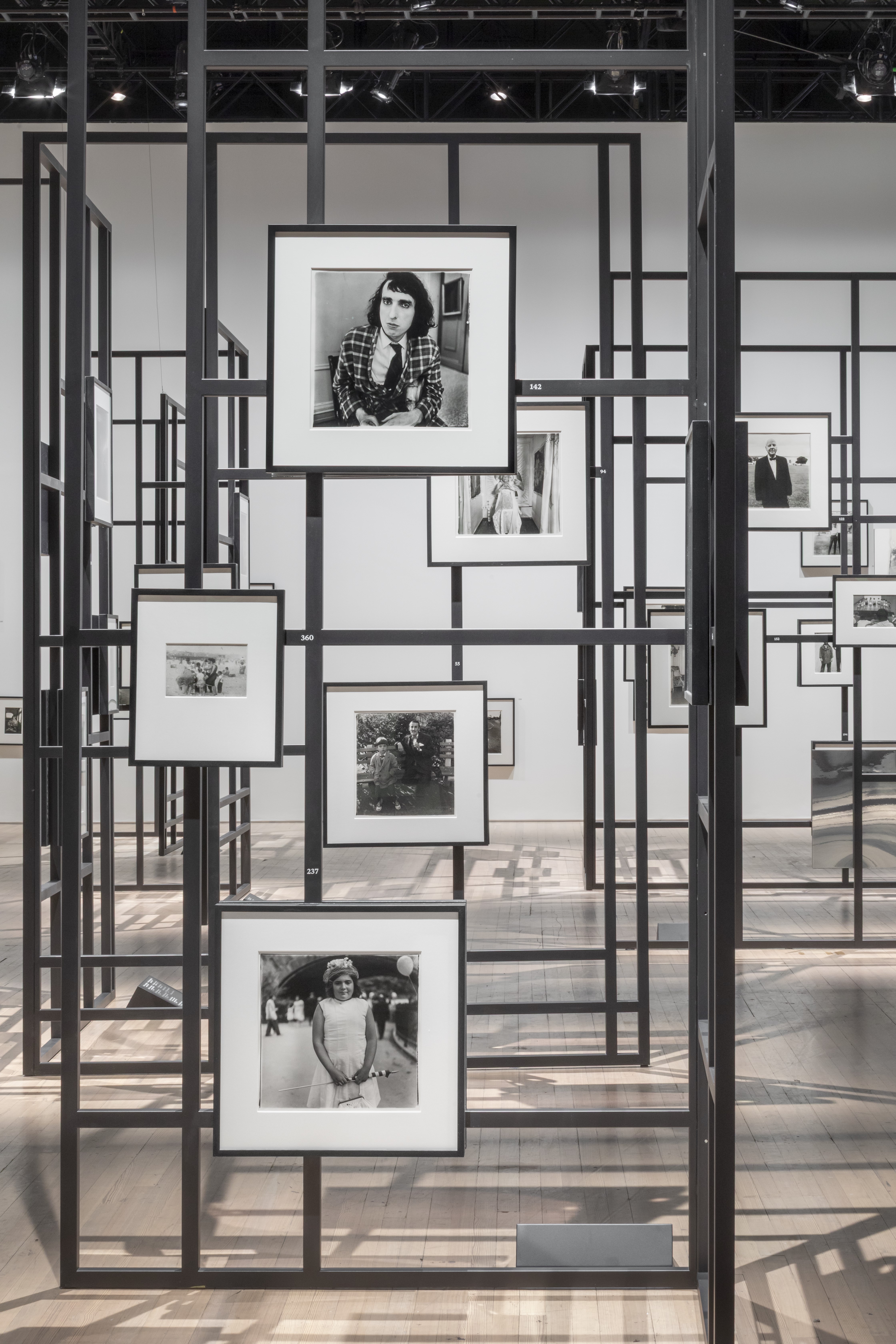
Humery’s arrangement was inspired by a fateful subway ride. He recalls looking up from reading a compilation of Arbus’ writings to see a map of the New York subway system, snaking beneath and among the settings of most of her photos. ‘It was a kind of synchronicity,’ says Humery. ‘Seeing the subway plan sparked the idea of having all these images and having the viewer explore them, the way that Diane Arbus did New York. You have to look around and find your own way.’
Along that way, you encounter Arbus icons – including the square-format images in the pivotal portfolio, A box of ten photographs, alongside discoveries that include early, small-format works. Placed largely at eye level, these find Arbus honing her signature move: collapsing the distance between nature and artifice, leaving the two to clash like the visual equivalent of nails on a chalkboard, raw and indelible.

The subjects Arbus favoured are singular, strange, yet somehow familiar and even timeless: masked figures, women clutching frame handbags, off-duty circus acts, a quartet of Santa Clauses, the head of a sleeping baby (who grew up to be CNN news anchor Anderson Cooper). Even the wax figures, which range from an axe murderer (Coney Island, 1960) to Lord Snowden and Prince Margaret (London, 1969), pulse with curiosity and credibility. And then, among the soothsayers and the nudists, the couples and the kids, is… you?!
Indeed, there you are, reflected in one of the mirrored panels affixed to the back of the photographs or standing in the low-key looking glass that forms the exhibition’s entire back wall. ‘This body of work is a fragmented self-portrait of Arbus, so I wanted to make the mirror a central element,’ says Humery. ‘As a visitor, as a viewer, you are part of the exhibition, but you might not even realise the mirrors are there, which means that it works, because if you see the trick, it’s a trick.’

Arbus made a career of eschewing tricks, leaving behind the heavily manipulated approach that defined early art photography to seek the raw vitality of snapshots. Her appetite for specificity, however, extended to her process, which included low-speed, grain-free film (Agfa Isopan IF, a feat to procure from Germany but worth it for the deep blacks) and multi-part developers, the particulars of which photographer Neil Selkirk pieced together after Arbus’ death to make all of the prints in the exhibition. He remains the only person authorised by the Arbus estate to make prints from her negatives.
Receive our daily digest of inspiration, escapism and design stories from around the world direct to your inbox.
‘Her pictures looked like pictures that everybody knew were the truth,’ says Selkirk, who was a student of Arbus. ‘That’s one of the things that devastated people when they saw them. They believed them.’
'Constellation' is at Park Avenue Armory until 17 August 2025, armoryonpark.org
Stephanie Murg is a writer and editor based in New York who has contributed to Wallpaper* since 2011. She is the co-author of Pradasphere (Abrams Books), and her writing about art, architecture, and other forms of material culture has also appeared in publications such as Flash Art, ARTnews, Vogue Italia, Smithsonian, Metropolis, and The Architect’s Newspaper. A graduate of Harvard, Stephanie has lectured on the history of art and design at institutions including New York’s School of Visual Arts and the Institute of Contemporary Art in Boston.
-
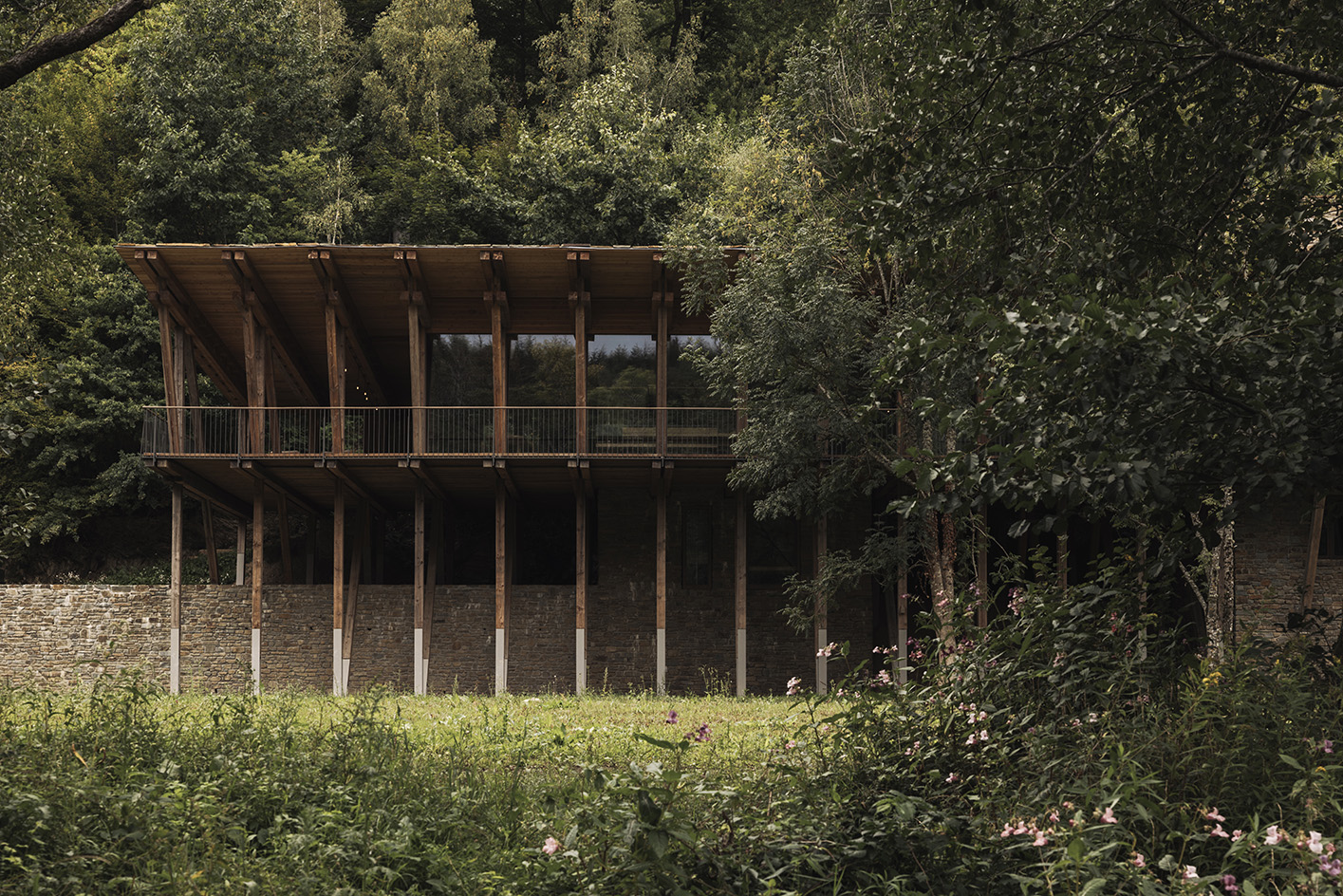 Woodstock House reinterprets modernist legacy through 21st-century sustainability
Woodstock House reinterprets modernist legacy through 21st-century sustainabilityLocally sourced materials and high design ambition merge in the newest residential work by Belgium’s BC Architects & Studies & Materials
-
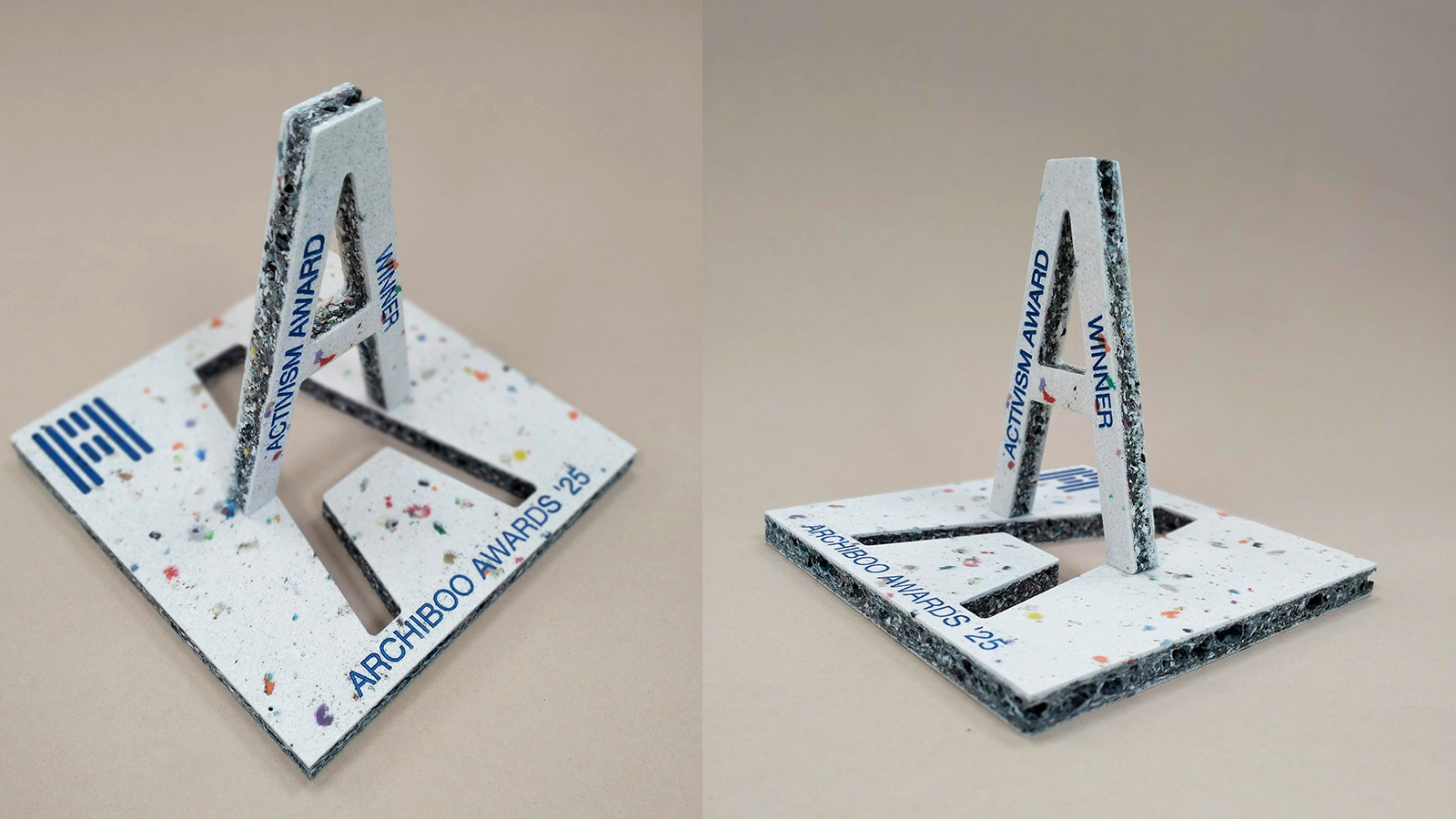 Archiboo Awards 2025 revealed, including prizes for architecture activism and use of AI
Archiboo Awards 2025 revealed, including prizes for architecture activism and use of AIArchiboo Awards 2025 are announced, highlighting Narrative Practice as winners of the Activism in architecture category this year, among several other accolades
-
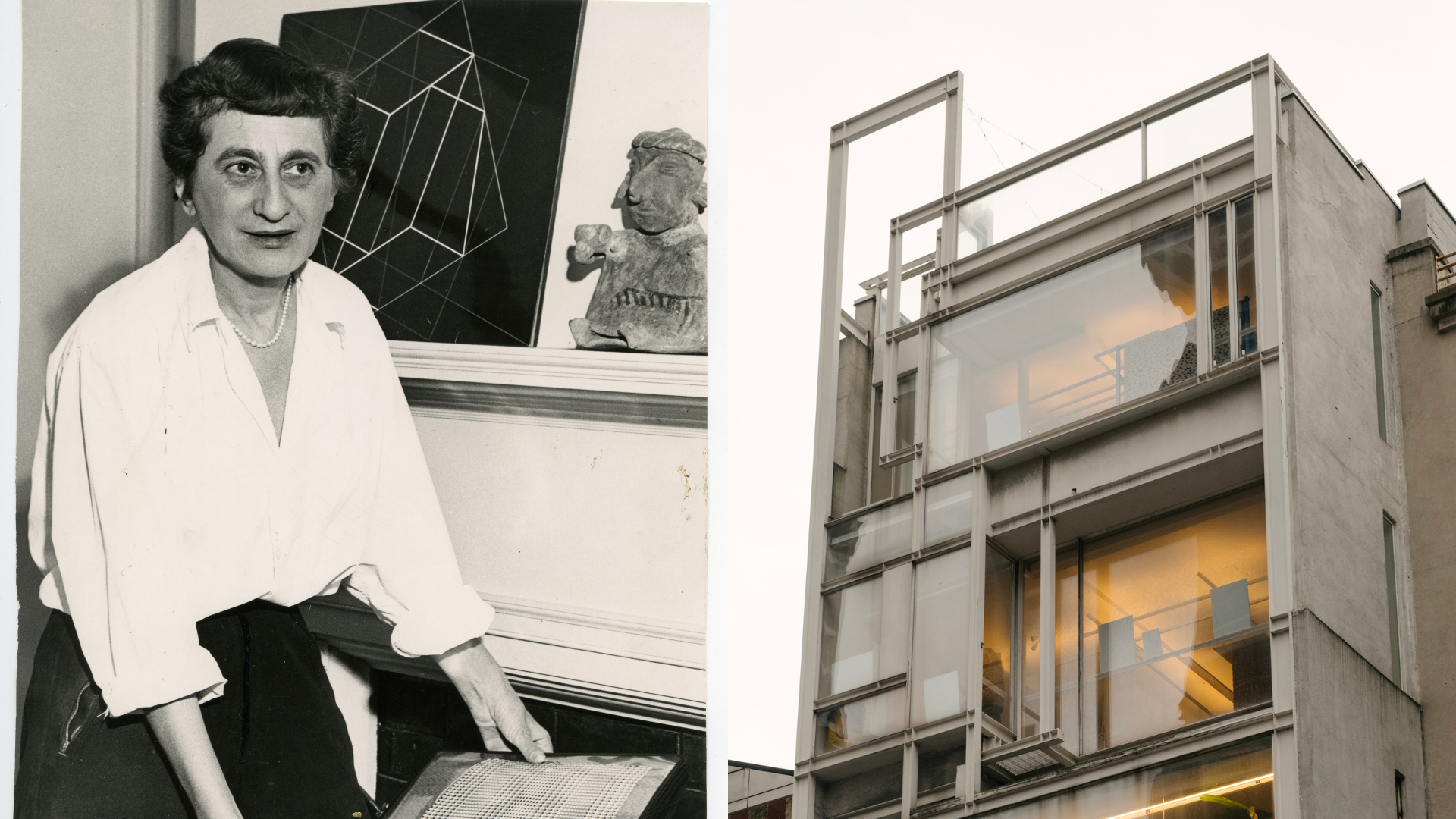 Paul Rudolph's home served as a gigantic 'loom' for an exhibition of Anni Albers textiles
Paul Rudolph's home served as a gigantic 'loom' for an exhibition of Anni Albers textilesItalian textile brand Dedar presented its Weaving Anni Albers collection at the legendary architect’s experimental Modulightor building in New York last week
-
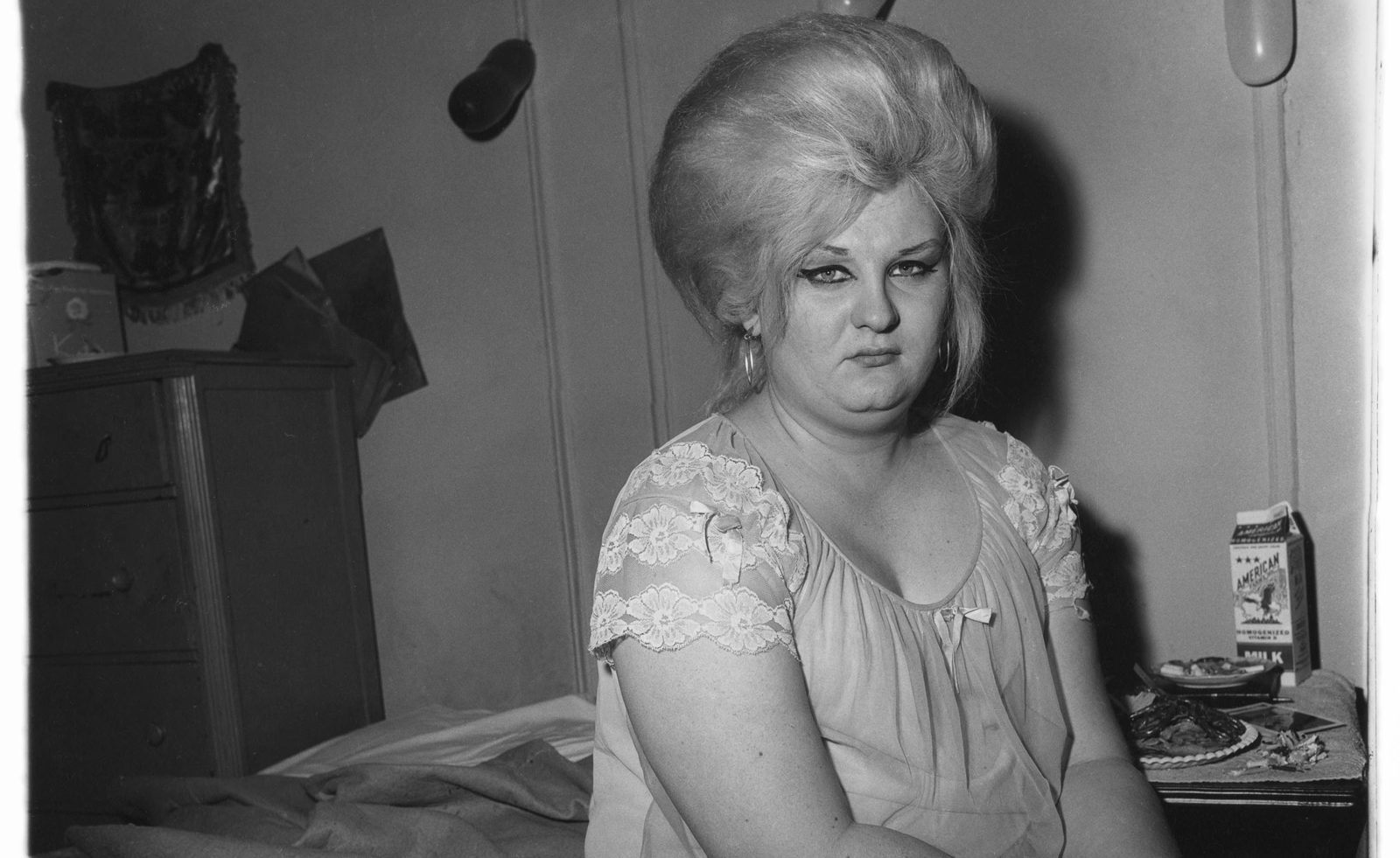 Diane Arbus at David Zwirner is an intimate and poignant tribute to her portraiture
Diane Arbus at David Zwirner is an intimate and poignant tribute to her portraitureIn 'Diane Arbus: Sanctum Sanctorum,' 45 works place Arbus' subjects in their private spaces. Hannah Silver visits the London exhibit.
-
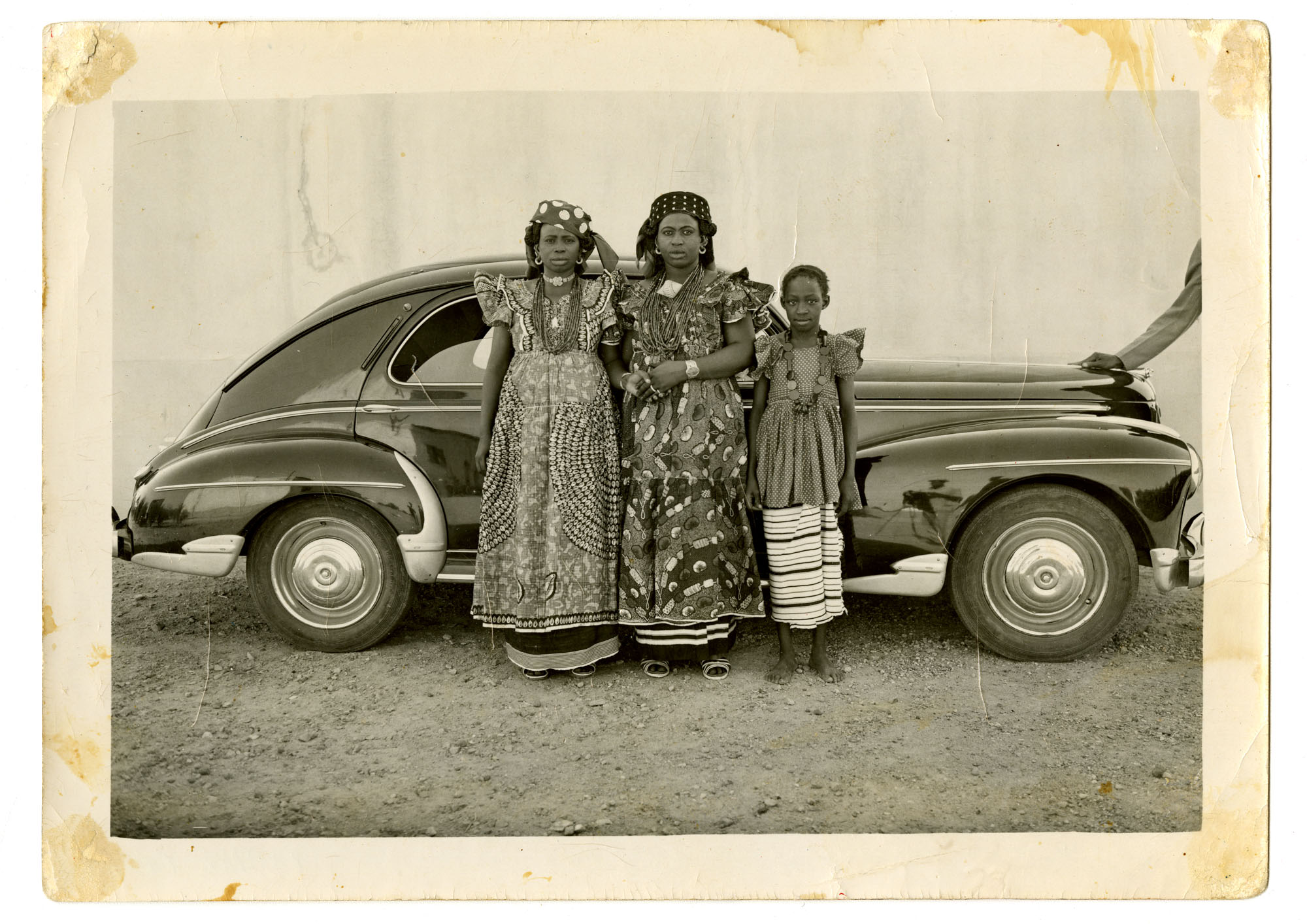 Inside the work of photographer Seydou Keïta, who captured portraits across West Africa
Inside the work of photographer Seydou Keïta, who captured portraits across West Africa‘Seydou Keïta: A Tactile Lens’, an exhibition at the Brooklyn Museum, New York, celebrates the 20th-century photographer
-
 Out of office: The Wallpaper* editors’ picks of the week
Out of office: The Wallpaper* editors’ picks of the weekFrom sumo wrestling to Singaporean fare, medieval manuscripts to magnetic exhibitions, the Wallpaper* team have traversed the length and breadth of culture in the capital this week
-
 María Berrío creates fantastical worlds from Japanese-paper collages in New York
María Berrío creates fantastical worlds from Japanese-paper collages in New YorkNew York-based Colombian artist María Berrío explores a love of folklore and myth in delicate and colourful works on paper
-
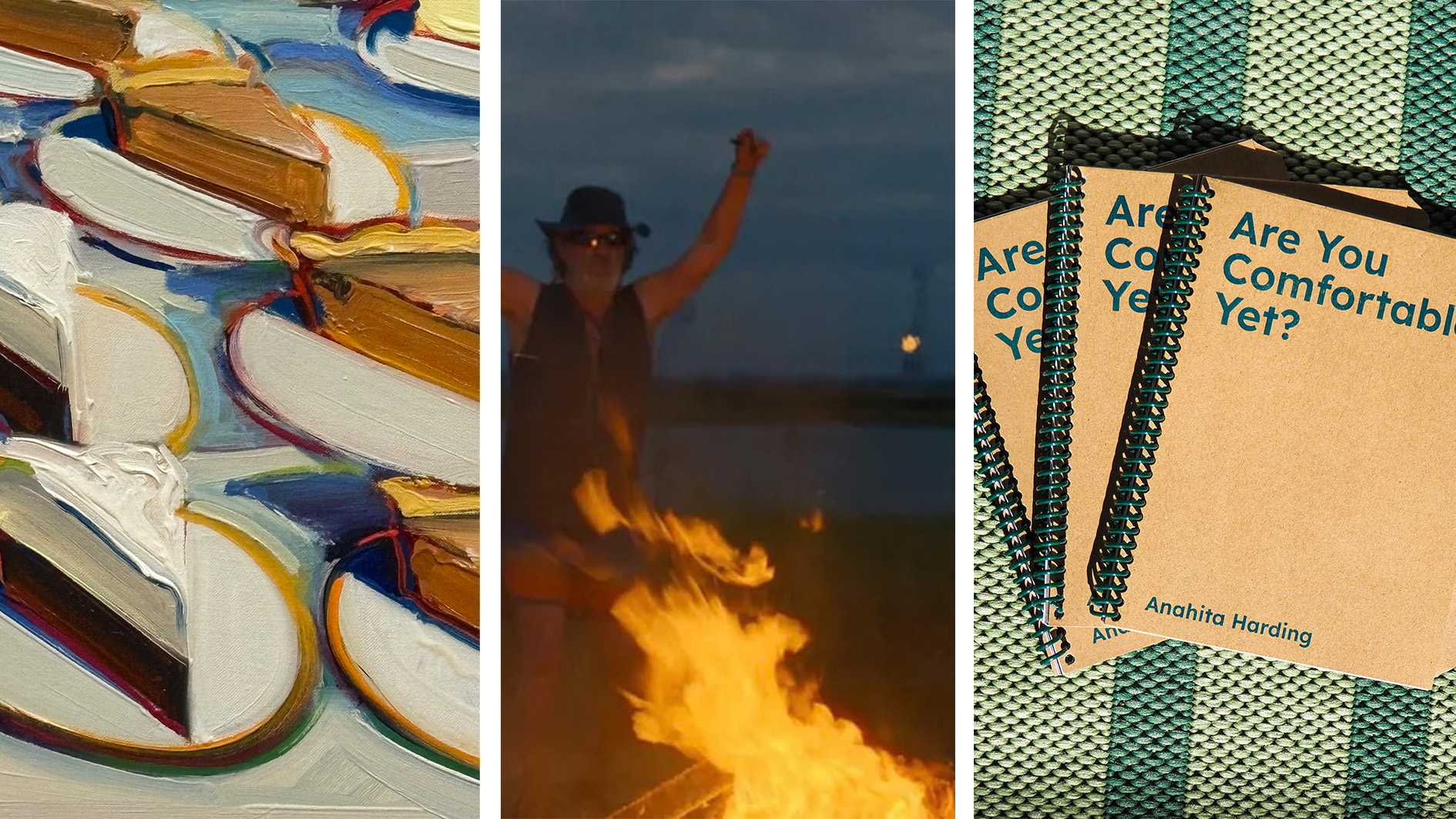 Out of office: the Wallpaper* editors’ picks of the week
Out of office: the Wallpaper* editors’ picks of the weekAs we approach Frieze, our editors have been trawling the capital's galleries. Elsewhere: a 'Wineglass' marathon, a must-see film, and a visit to a science museum
-
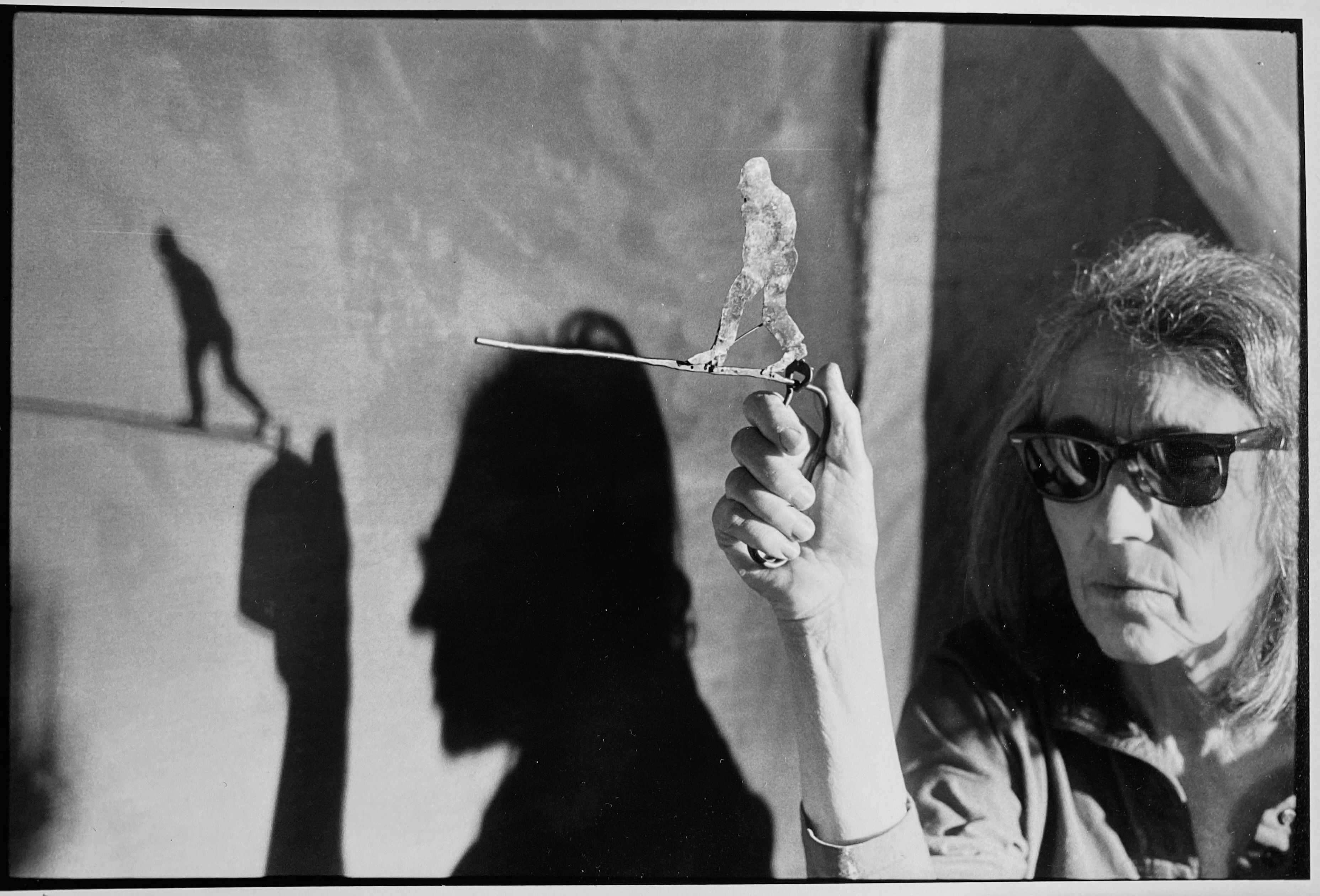 June Leaf’s New York survey captures a life in motion
June Leaf’s New York survey captures a life in motionJune Leaf made art in many forms for over seven decades, with an unstoppable energy and fierce appetite leading her to rationalise life in her own terms.
-
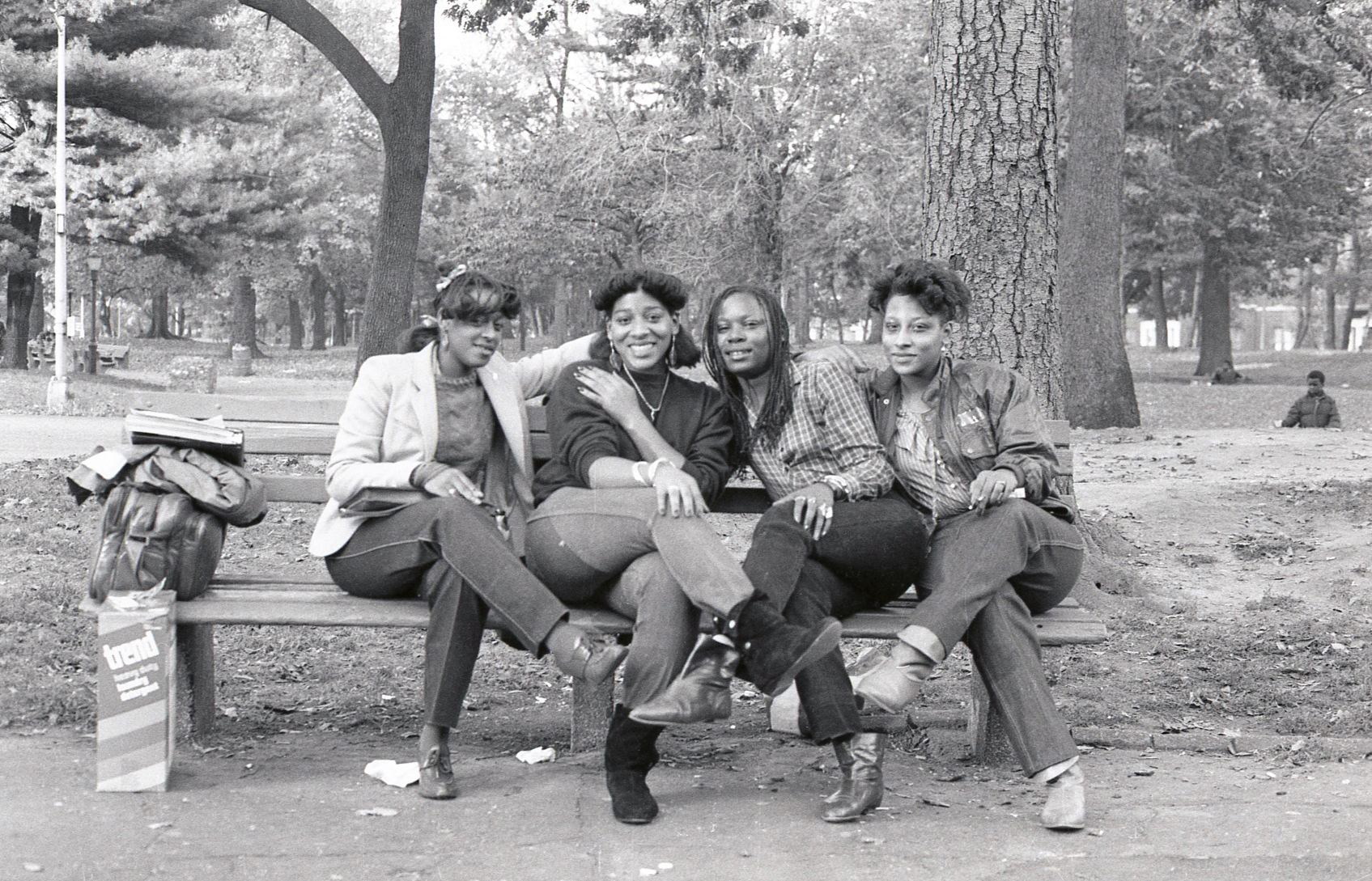 Jamel Shabazz’s photographs are a love letter to Prospect Park
Jamel Shabazz’s photographs are a love letter to Prospect ParkIn a new book, ‘Prospect Park: Photographs of a Brooklyn Oasis, 1980 to 2025’, Jamel Shabazz discovers a warmer side of human nature
-
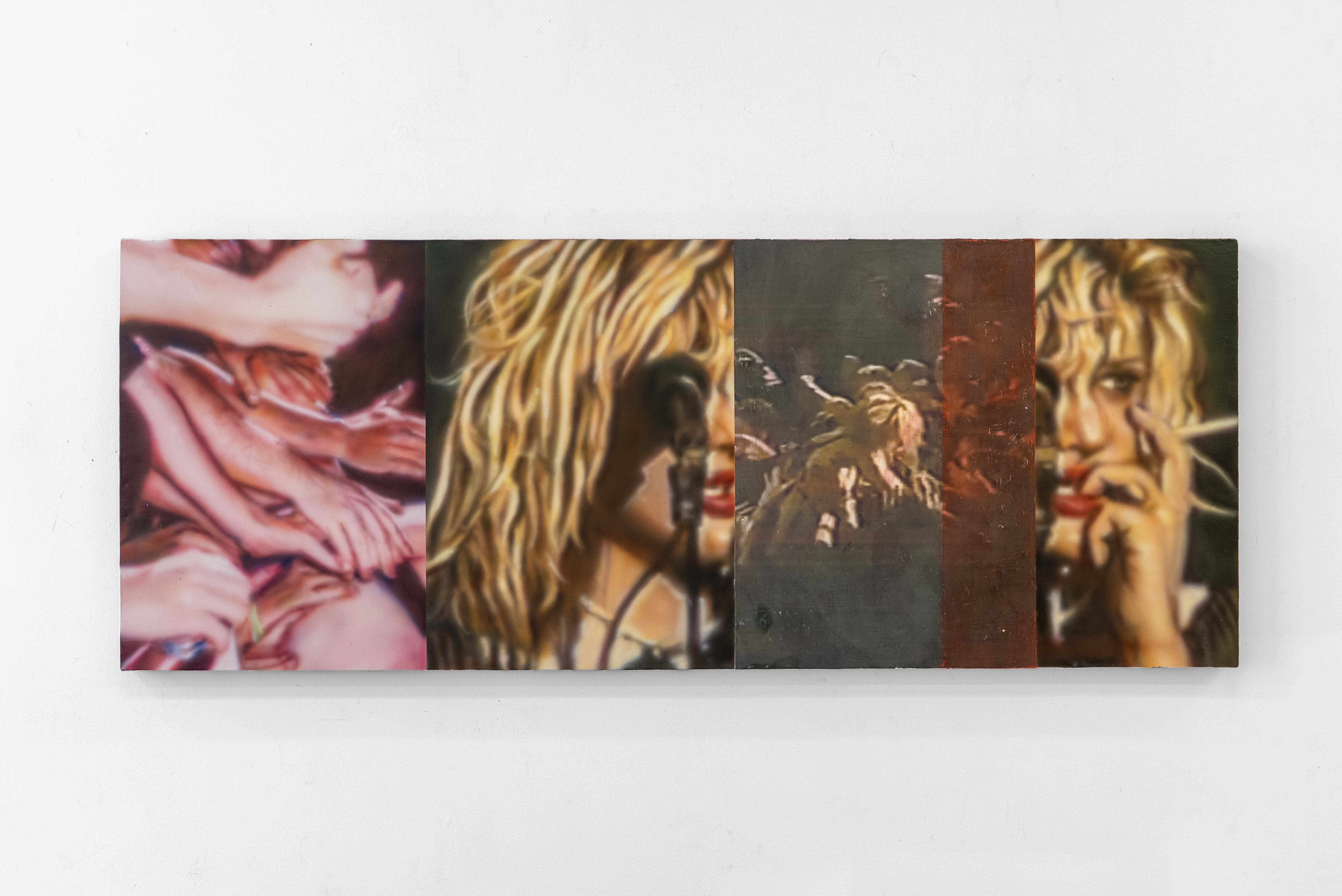 Inside a Courtney Love-inspired art exhibition in New York
Inside a Courtney Love-inspired art exhibition in New YorkLiza Jo Eilers looks to the glory days of Hole at an exhibition at Grimm New York